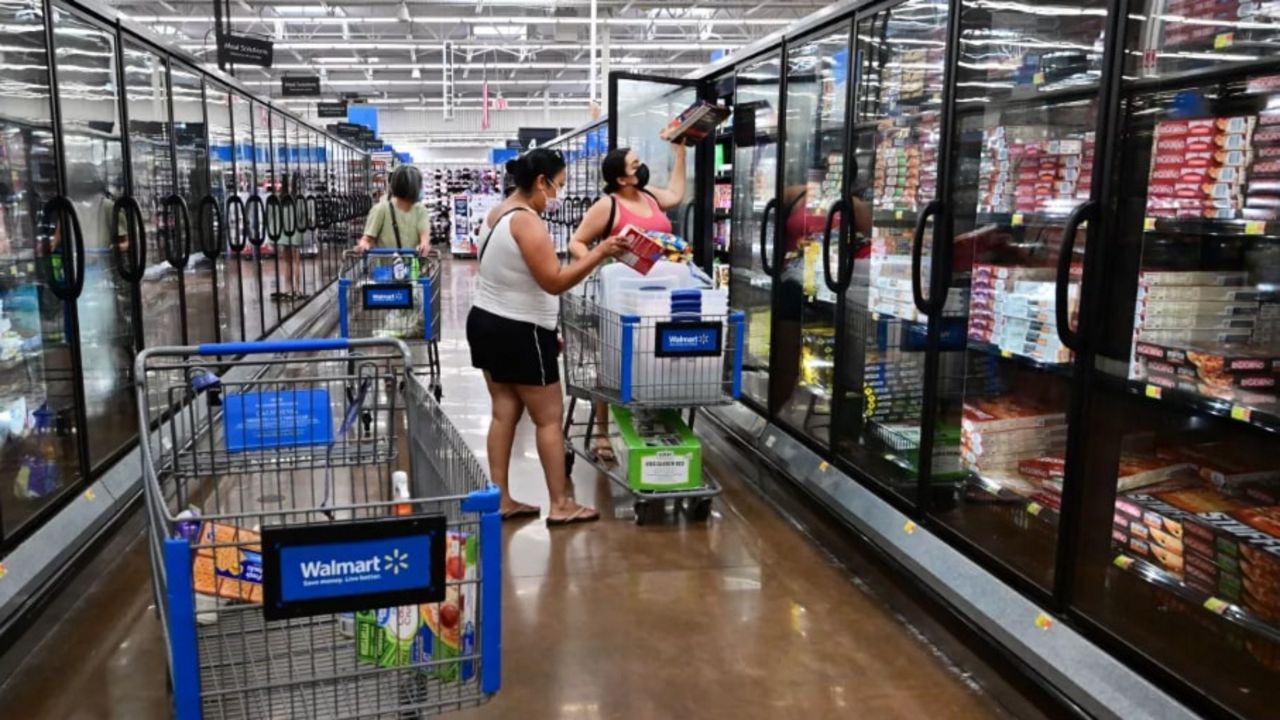More than 40% of Maine households struggled in 2021 to afford basics such as housing, childcare, food and transportation, according to a report released Wednesday.
The United Ways of Maine partnered with United for ALICE, which researches financial hardship in 28 states across the country.
ALICE stands for Asset Limited, Income Constrained, Employed and describes the study’s focus on those who are “above the federal poverty level but still struggle to afford household basics,” according to the report.
“We all know ALICE,” Courtney Yeager, CEO of the United Way of Kennebec Valley, said in a statement. “ALICE is the recent college graduate unable to afford to live on their own, the young family strapped by childcare costs and the mid-career professional now underemployed.”
The study takes a broader look at financial hardship than simply looking at the federal poverty level. By federal standards, only 12% of households in Maine — 70,983 — were in poverty in 2021.
But the new report counts another 30% who earn above the federal level, but still struggle to afford basics.
When combined, those groups total 42% of Maine households or nearly 600,000.
The study calculated the 2021 cost of basic needs, defined as housing, childcare, food, transportation, health care, technology and taxes.
For a single adult, that totals just under $28,000 a year, but for a family of four, it’s just shy of $71,000, the report found.
“This report provides the objective data that explains why so many residents are struggling to survive and the challenges they face in attempting to make ends meet,” Stephanie Hoopes, the lead researcher, said in a statement. “Until now, the true picture of need in local communities and states has been understated and obscured by misleading averages and outdated poverty statistics.”
Other key findings in Maine:
- 59% of Black households and 44% of Hispanic households were below the threshold studied, compared to 41% of white households.
- 34% of the state’s 17,820 retail sales workers lived below the threshold in 2021.
- Of Maine’s 16 counties, 13 had 40% or more of households unable to make ends meet.
Yeager said the United Ways of Maine — there are seven across the state — hope the statistics lead to long-term solutions.
“When ALICE chooses unlicensed childcare or longer commutes or emergency room health care in order to put food on the table, we all suffer the consequences with future costs to our education system, heavier traffic and higher premiums,” she said.





